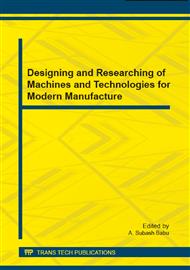p.312
p.316
p.323
p.327
p.331
p.335
p.341
p.346
p.350
Vehicle Direct Yaw Moment Control with Longitudinal Forces Distribution
Abstract:
In this paper, a vehicle stability control system is proposed to improve vehicle comfort, handling and stability. The control system includes reference model, DYC controller and Distributer. Reference model is used to obtain the desired yaw rate. DYC controller determines the desired yaw moment by means of sliding-mode technique. Distributer, based on maneuverability and comfort, distributes driving torque or braking torque according to the desired yaw rate. Simulation result shows that the proposed control algorithm can improve vehicle handling and stability effectively.
Info:
Periodical:
Pages:
331-334
Citation:
Online since:
December 2014
Authors:
Keywords:
Price:
Сopyright:
© 2015 Trans Tech Publications Ltd. All Rights Reserved
Share:
Citation:


